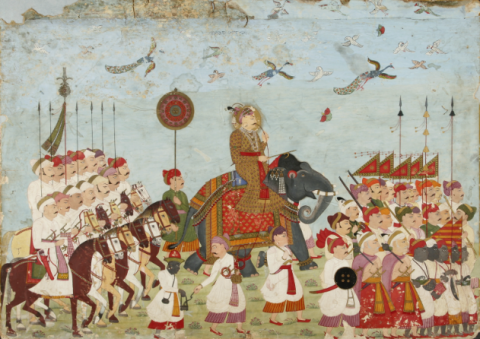Generals, commanders, admirals, prime ministers, and rulers, East Africans from Ethiopia, Eritrea, Somalia and adjoining areas, have greatly distinguished themselves in India. They have written a story unparalleled in the rest of the world— that of enslaved Africans attaining the pinnacle of military and political authority not only in a foreign country but also on another continent.
From Bengal in the northeast to Gujarat in the west and to the Deccan in Central India, these men and women known as Sidis and Habshis vigorously asserted themselves in the country of their enslavement. The success was theirs but it is also a strong testimony to the open-mindedness of a society in which they were a small religious and ethnic minority, originally of low status. As foreigners and Muslims, Africans ruled over indigenous Hindu, Muslim and Jewish populations.
Besides appearing in written documents, the Africans have been immortalized in the rich paintings of different eras, states, and styles that form an important component of Indian culture.
Because of their high positions, they were captured in vivid and exquisite portraits as principal subjects or in the immediate vicinity of non-African rulers. As rulers, city planners, and architects, the Africans have left an impressive historical and architectural legacy that attest to their determination, skills, and intellectual, cultural, military and political savvy. The imposing forts, mosques, mausoleums, and other edifices they built—some more than 500 years ago—still grace the Indian landscape. From humble beginnings, some Africans carved out princely states complete with their own coats of arms, armies, mints, and stamps. They fiercely defended them from powerful enemies well into the 20th century when, with another 600 princely states, they were integrated into the Indian State.
Although they were a common sight, the Africans who were an integral part of the history and culture of the Indian subcontinent have not received, in the present, the recognition they deserve.
This groundbreaking exhibition retraces the lives and achievements of some of the talented and prominent Sidis of yesterday.



